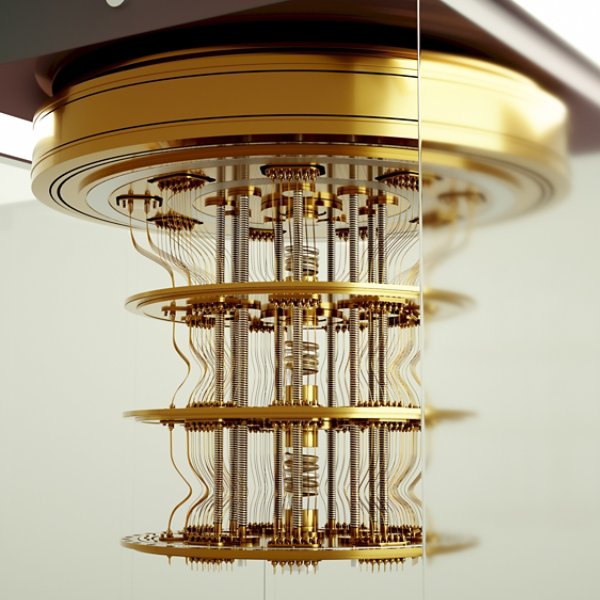Why is technology so important for emergency responders such as firefighters?
Valero: Firefighters play a crucial role in protecting people and the planet — especially as climate change’s warmer, drier effects fuel more intense fire seasons that threaten the environment and densely populated areas. Because firefighting inevitably involves life-threatening situations, fire departments have tried to better protect firefighters by using centralized devices to estimate gas and toxin exposure or sending a nurse into the field to collect health measurements.
At Kyndryl, we’re working on technology that can provide more real-time information from sensors so fire departments can make better decisions — on the job and as they plan for future scenarios. We’ve tested a prototype with firefighters in Spain that uses Internet of Things (IoT) sensors, a mobile device, cloud technology and AI-powered analytics to distill data into a health status that can be monitored with a dashboard, showing data collected during wildfires, urban fires and in industrial environments.


